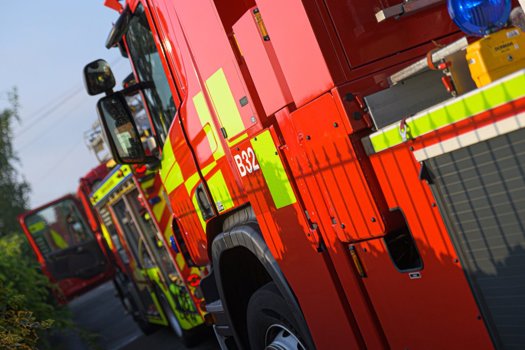The 1918 HMS President has been wrapped in a special ‘dazzle’ camouflage pattern, used extensively throughout the First World War to optically distort ships and so make them difficult for submarines to target.
Commissioned as part of First World War centenary commemorations, the wrap had to be executed with the ship in the water, in the river Thames. It took 10 days of “solid work” for a team of 12 to apply over 2000 sqm worth of panels.
“We had to get a specialist marine company who supplied the boats, which were low level barges with scaffolding on them. It was very much a team effort and there were a lot of people going very carefully through their risk statements, making sure we were all covered,” reported PressOn managing director Andy Wilson.
He added: “We had to talk to the Port of London Authority; we had to have other boats out telling river traffic to slow down. The flags were up and boats slowed down but they obviously come in quite close. So the President goes crashing into its moorings as it normally does, but we’ve got guys working there, so it was pretty hair-raising if I’m honest.”
The panels were printed on polymeric multi-fix vinyl on PressOn’s HP Latex 3000. These were liquid laminated to produce the matte affect desired.
So that the camouflage pattern designed by German dazzle camouflage artist Tobias Rehberger wasn’t distorted, an architectural scanner was used to scan the ship’s hull, with a specialist repro company producing the final artwork for print.
Rehberger has used dazzle camouflage throughout his career and was awarded a Golden Lion Award for covering an entire cafe in dazzle patterns in 2009.
Other challenges faced by PressOn’s team of wrappers were the rough surface of the ship and applying heat.
“Because on the hull we were on water and you can’t have electricity on the water, we had to use butane gas canisters,” said Wilson, adding: “A lot of people might have said ‘use cast vinyl’ because it’s even more formable. But because the hull is predominantly black, if we’d used cast in the sunlight it would have been very slow to fit it.”
“This was the hardest job we’ve ever done, by far. There was no one to ring up and ask how to do it,” he added.
The dazzle style attracted artists, including Picasso and Cubist and Vorticist artist Edward Wadsworth, right from its inception. Many of the designs were painted onto models by women from the Royal Academy of Arts in London and then scaled up onto the real thing. These models were used for testing, viewed through periscopes to check the designs would work at sea.
The HMS President makeover comes after a similar project this summer where Venezuelean artist Carlos Cruz-Diez dazzle painted the Edmund Gardner historic pilot ship, docked in Liverpool.
The project was commissioned by the Imperial War Museum’s 14-18 NOW centenary commemoration project. Other organisations involved include: WW1 Centenary Art Commissions, Liverpool Biennial, the University of the Arts London, Chelsea College of Arts and Tate Liverpool.
Artist Rehberger said: “To dazzle camouflage HMS President, an original WWI dazzle warship, gave me the opportunity to take my work out of the exhibition space and to project a new, contemporary visual experience onto an object while also returning it to its past identity.”
The wrap will stay on the HMS President at least until the end of the year and can be viewed from where it’s docked on Victoria Embankment, and from the surrounding area. The ship, formerly known as the HMS Saxifrage, is now used as a special events venue.










